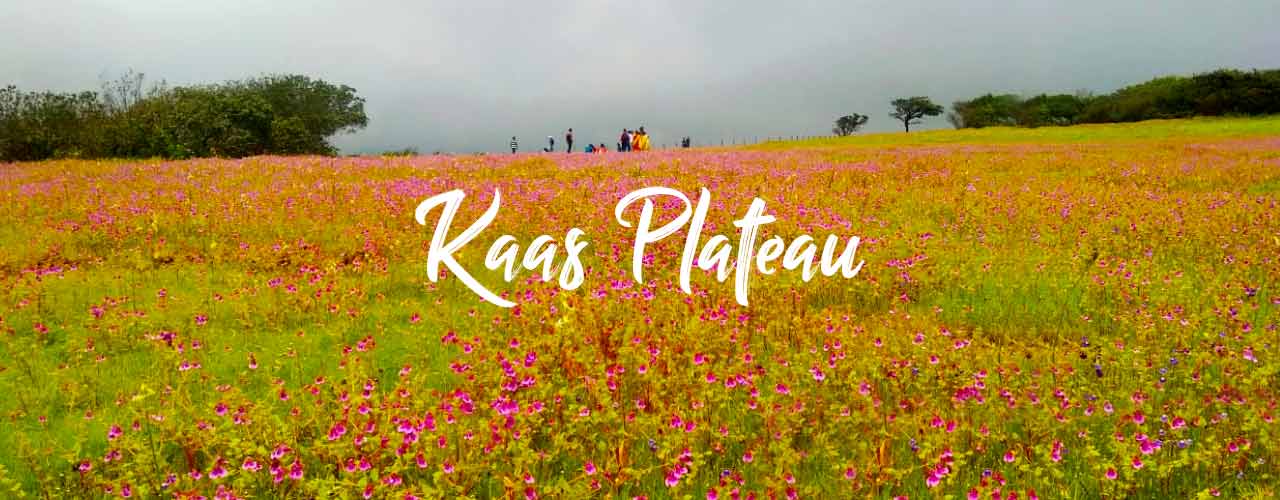SCCN Blogs
Mega Example of Mini-site: Looming challenges
UNESCO's list of World Heritage Sites now boasts total of 1121 sites from 167 countries, including 213 WNH sites. These also include the inscription of 29 new sites approved by World Heritage Committee of UNESCO at Baku, Azerbaijan in July 2019.
Out of the 29 new sites inscribed, only 4 were under category of natural heritage and remaining were cultural heritage (with one as both cultural and natural). The total area covered by the World Natural Heritage sites is growing steeply. At present, it is 300 million hectares, having nearly doubled in last decade. This is the good news for conservation of nature.
Considering, that the area covered by Kaas Plateau (one of the 39 serial sites of the Western Ghats, which was inscribed as WNH site) is only about 1600 hectares, its importance appears to be insignificant. But the mega example this mini-site has created in encountering the growing challenges and threats is simply amazing.
Kaas Plateau, northern most natural heritage site in the Western Ghats is in the close vicinity of high mountains. Just about 25 kms from the district city of Satara, 140 kms from megacity of Pune and 280 kms from India's financial capital, Mumbai, it is literally encircled by fast urbanizing habitats. The tourists from these cities, with their increased mobility, barge-in at the gates of the Kaas Plateau every year posing unparalleled threat to the sprawling carpets of fragile wildflowers of varied species. The world knows 'wild fauna' tourism, but this tiny site is famous for 'wild flora' tourism.
The horde of tourists not only pose threat that endangers the wildflowers, but it also risks the very basis of the 'outstanding universal value' of the Kaas Plateau, the criteria on which the site is inscribed by UNESCO.
The climate change associated with extreme weather events and potential danger of indiscriminate human intervention under the shadow of development, also pose the perils that menace the sustainable living of the local communities.
UNESCO has the provision of adding the heritage site 'under danger' list, if the species are on the verge of extinction. Indeed, for the same reason, the Island and Protected Areas of Gulf of California in the meeting in Baku was added to the 'list of World Heritage in Danger'.
TERRE Policy Centre, recognizing these threats have been tracking the progress of the sustainable management (or lack of it) of the site and publishing the Annual Report Cards (ARC) voluntarily right from the year 2013. The report recognizes the cumulative efforts of the Joint Forest Management Committee (JFMC), Forest Division of district Satara of State Government, local community, researchers, experts and journalists.The Annual Report Card is an important document that tracks the progress of the management of the site and provides recommendation to conserve the site in the coming year.
There is an urgent need for raising the awareness among the tourists and developing a network of the JFMCs of the 39 sites of the Western Ghats, starting with 4 sites of the northern cluster that are in periphery of 300 kms. Such network of JFMCs would help in sharing information and learning from successes and failures.
When you subscribe to the blog, we will send you an e-mail when there are new updates on the site so you wouldn't miss them.





Comments